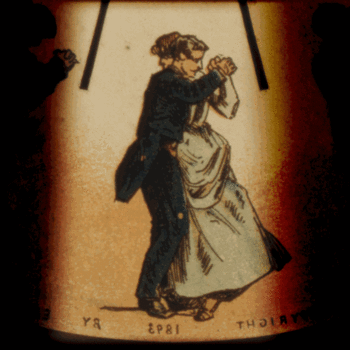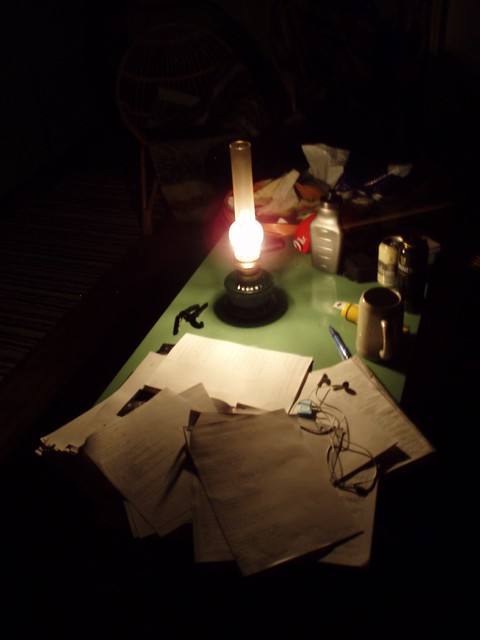Playing the piano requires long hours of practicing especially when a big musical event is coming. With all the factors that are needed to play the piano, one very basic yet important thing will be discussed in this article.
One factor that some professionals dare not forget… practice. Even if you know all the fingerings and notes, even if you can read the music well, it won’t mean a thing. Practice is the essence of it all. You have to be committed in your genre therefore practicing it every day; if not everyday then at least thrice a week.
 |
Child's hands resting on a piano keyboard (Photo credit: Wikipedia)
|
If you’re having difficulty training yourself with your practice hours, here are some notes to ponder upon.
Note # 1
Make a daily schedule for practice and comply with it. Be determined to stick to your schedule. It is a must to condition yourself into practicing everyday so that your body will get used to the routine. At first, it could be tedious and boring but as you go on learning the essentials, it becomes more fun hearing the way you play.
Note # 2
Your piano must be put in a place that you won’t feel cluttered. Your music room must be free from anything that might distract you like a radio or anything noisy. This enables you to concentrate when practicing. Also, make sure that there is proper lighting where your piano is placed. But remember that your piano must not be exposed to extreme sunlight for this might destroy some sensitive parts of your piano.
Note # 3
Always warm up. Exercise your fingers with some simple notes then proceed to the hard ones. If you have no idea on how to warm up those fingers, ask someone who knows. An exercise must let your fingers stretch to reach some keys that are hard to reach. This will become helpful when playing fast paced notes and music. Don’t let your hands touch a key while it still feels stiff and rusty.
Note # 4
Review the past lessons learned before starting a lesson. This would be the next thing after warming up. If you have not finished the music yesterday, recall what you played then continue it. Better yet, start the whole thing to be able to follow.
Note # 5
Follow your manual and instructor’s directions. Help her help you learn. To relieve boredom, play the piano at the same time, like a duet. Tell your instructor your interests and ask her to play it for you so you might know it and therefore pave the way into practicing it even without her presence.
Note # 6
Make your practice as goal-oriented as possible. A goal will make you more focused and concentrated because you have something to be achieved. To finish a goal will make you feel satisfied and fulfilled.
Note # 7
Always maintain a positive attitude when practicing. When you plan to play the piano without anyone to guide you, just remember all the lessons that your tutor has taught you. Do not give up that easily when it has become hard. If you are being stressed, rest for a while. Give yourself time to breathe.
Try to figure out a technique with every practice for it to come out natural and unique in your own way.

















